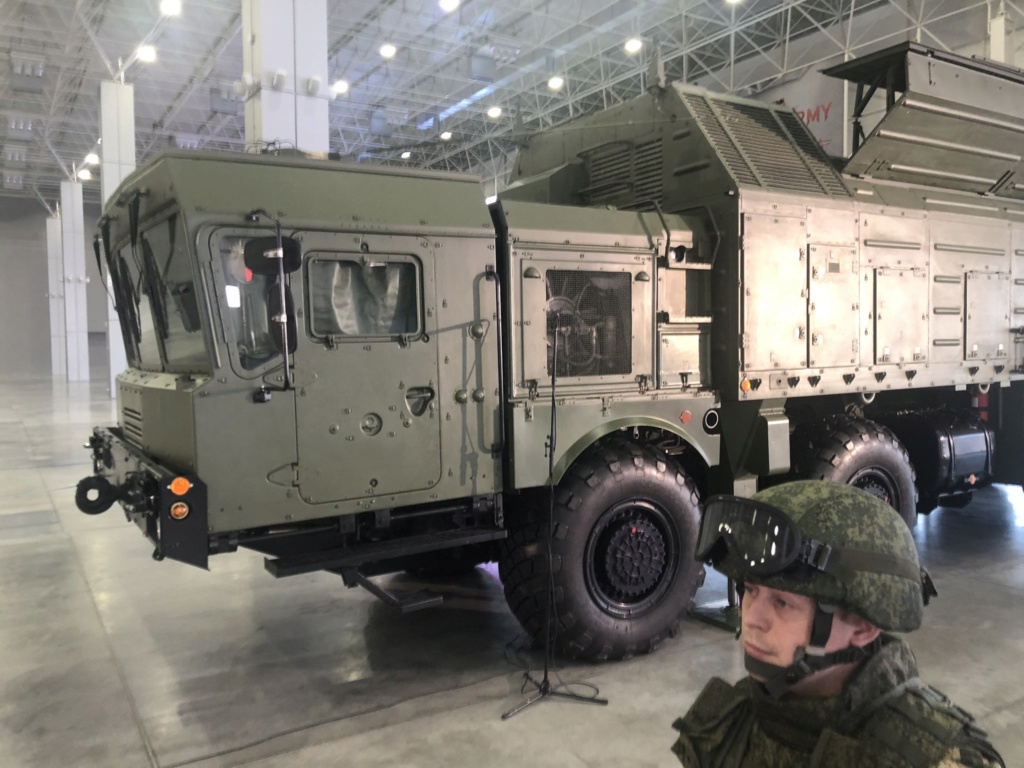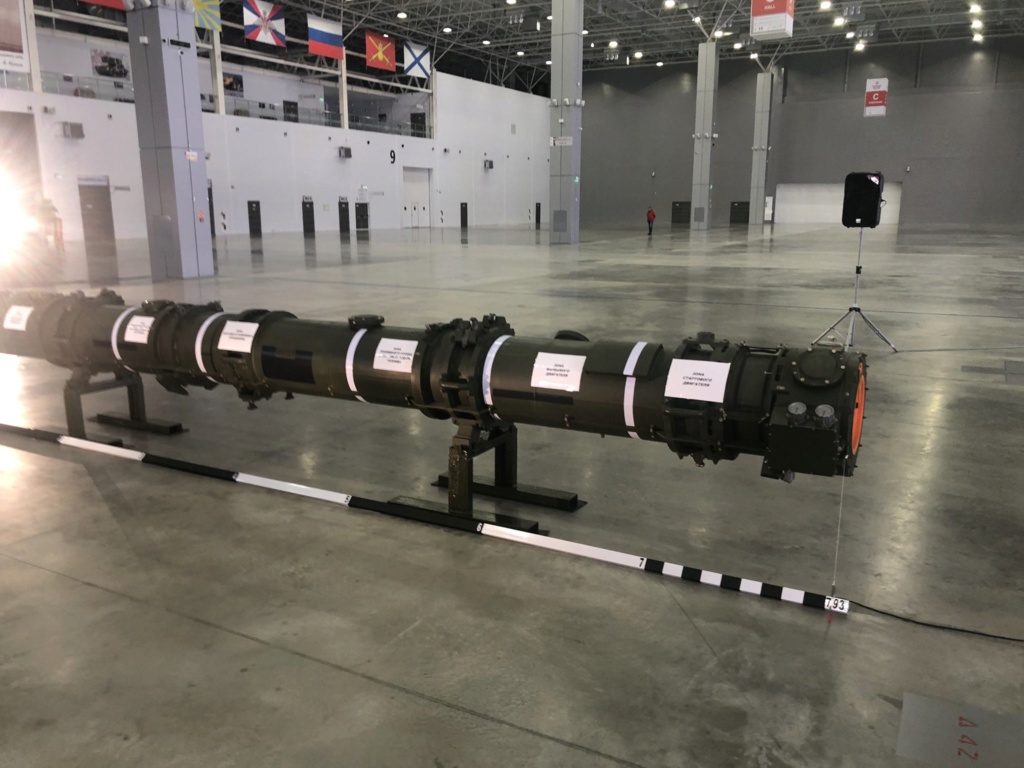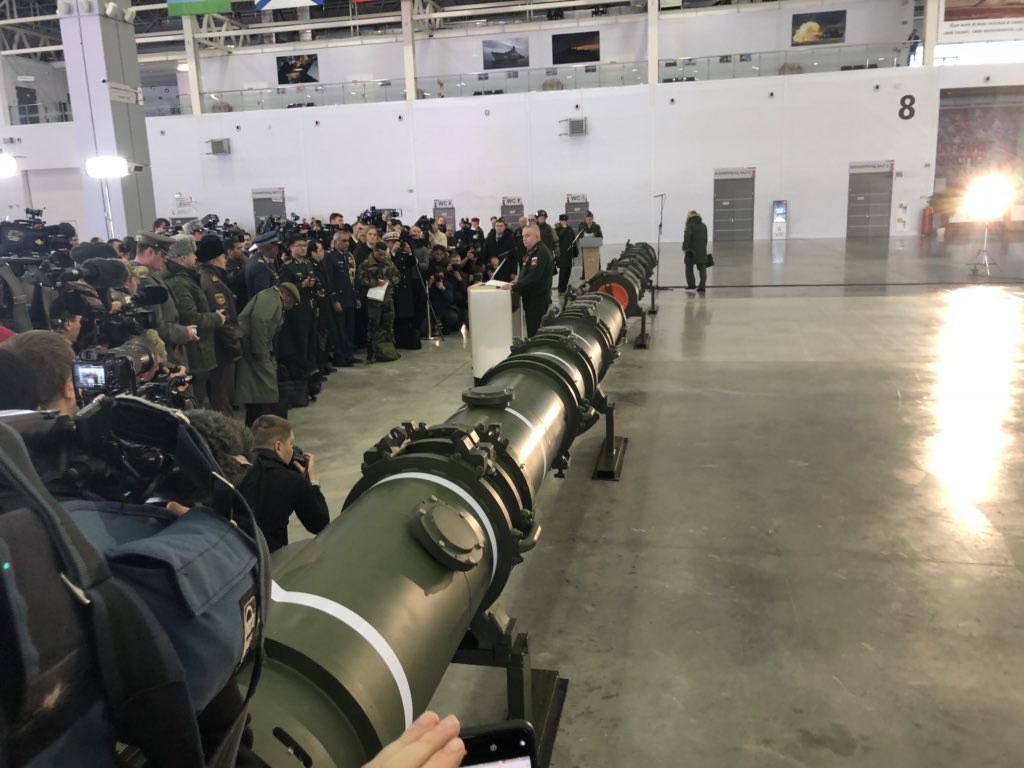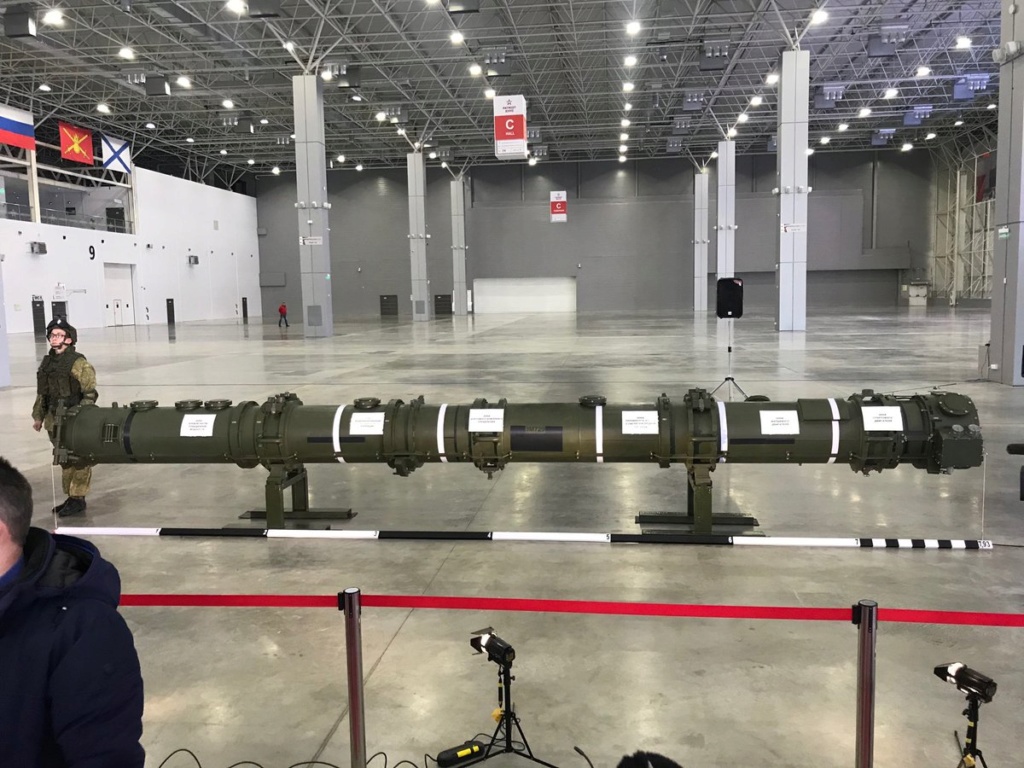I have a piece in the Bulletin of the Atomic Scientists where I try to untangle the controversy around alleged Russia's non-compliance with the INF Treaty. The short version of it is that I believe that the culprit missile is an SLCM that was tested from a "wrong" kind of launcher. It's still a violation, of course, which would require some creative thinking to reverse. Read the column for details.
Hard evidence is difficult to come by these days (unfortunately, a ban on posting selfies taken on the test site seems to be enforced quite well), so all we have is bits and pieces that may or may not fit together. When the Bulletin column was published, some of my colleagues were skeptical about the SLCM claim. The question I got was, What about that 9M729 missile that looks like the Iskander's 9M728/R-500 follow-on?
Well, what about it? Very much all we know about 9M729 comes from a brief mention in a report of GosNIIP, a design bureau that builds guidance for cruise missiles (the site has been taken down for redesign). According to the report, Russia completed state acceptance trials of the "ground-based system 9M728, 9M729 and its modernized version." We know that 9M728 is a cruise missile developed as part of the Iskander project (see "Kamnev" on this page; as always, thanks to Alexander for the links). It appears that it is the missile usually referred to as R-500, which has been now deployed with Iskander-M systems.
It's very reasonable to suggest that 9M729 is a follow-on to 9M728, also to be deployed as part of the ground-based Iskander-M. If so, it appear to be a very good candidate for the role of the INF non-compliance culprit. The only thing I would note here that since it was tested together with 9M728, it's unlikely to be a follow-on. A long-range version with a light (presumably nuclear) payload would be one possibility. But not the only one.
The 9M729 theory looks fairly compelling, but it doesn't seem to fit the various bits and pieces of information about the non-compliance allegation. First, U.S. officials have repeatedly said that the missile in question is not Iskander. There are many ways to interpret these statements, but I would think that if we were talking about a nuclear-capable Iskander missile the language would have been somewhat different.
Then, as I understand, Russia has been working on long-range cruise missiles, but these seem to be larger (8 meters) missiles. This does not necessarily mean that there is no project that produced a short 6-meter missile to be launched from Iskander, but it's just another piece that doesn't quite fit.
Also, I have it on good authority that the missile in question has its own launcher (apparently treaty-compliant) that is different from the (presumably non-fixed) launcher that triggered the non-compliance allegation. Again, this does not prove anything, but it's one more detail to consider.
Finally, I would just note that the difference between SLCMs and GLCMs is very much artificial. There is no reason a SLCM cannot be easily deployed on land. There are few doubts that Russia is working on long-range SLCMs, which could then be deployed on ground-based launchers, if necessary. In fact, they don't have to be - as far as Europe is concerned, Russia could cover it with SLCMs. So, while I cannot completely rule out a scenario in which Russia decided to openly disregard the INF Treaty, I still strongly believe that the alternative - SLCM tests that turned out to be non-compliant - is much more plausible.
Does anyone have details about this new missile??
Last edited by George1 on Thu Nov 29, 2018 11:36 am; edited 6 times in total


















